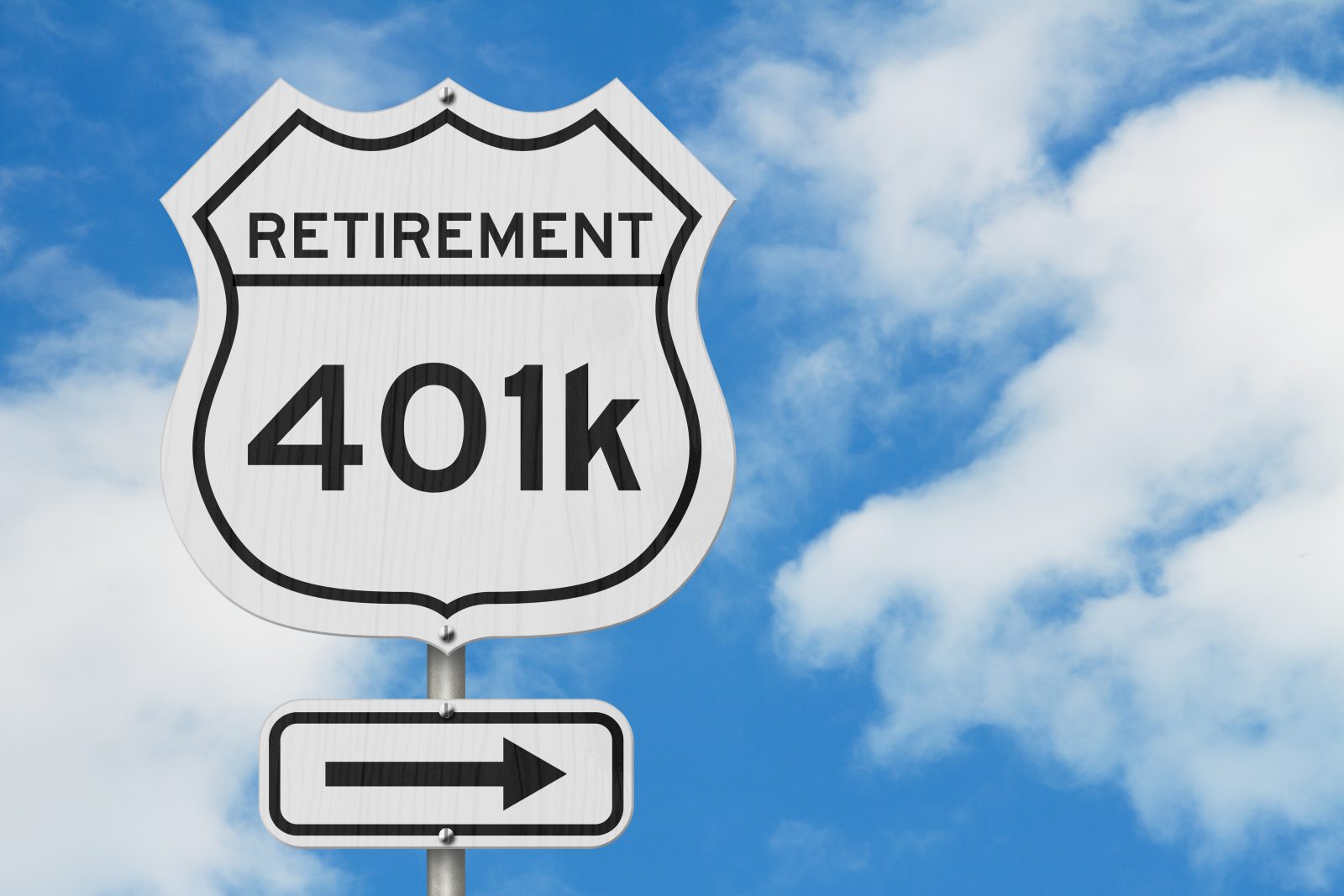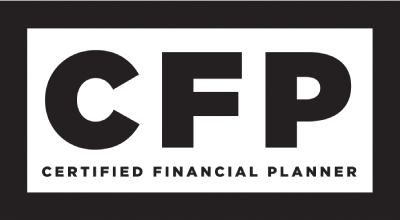Achieving your dream retirement doesn’t occur by accident. It takes time, hard work, and most importantly, a well-diversified investment account to help meet your goals for the future. And if it’s not already, your company’s 401(k) plan may be a crucial component in helping you invest in your future.
From tax-advantaged savings to employer matching, you have several reasons to make your 401(k) a priority for retirement contributions in 2023. Here are the top 7 reasons, straight from one of the best financial advisors in Torrance, California.
Seeking modern investment advice aligned with the times? Connect with TAKWEALTH today!
1. 401(k)s Carry Clear Tax Advantages
A 401(k) is an employer-sponsored retirement savings plan with enviable tax perks.
For instance, with a regular brokerage account, you have to pay taxes on any interest or dividends at the end of the year. But any growth generated in your 401(k) account rolls back into the plan, deferring your tax obligation until you retire.
401(k)s also come with other tax advantages, depending on the type you choose.
With a traditional 401(k), every penny you contribute up to the annual limit reduces your current year’s tax bill. Unfortunately, it’s not entirely tax-free; you’ll have to pay Uncle Sam when you take withdrawals in retirement.
Conversely, you contribute after-tax dollars with a Roth 401(k) and forgo the current year’s deduction. But your retirement withdrawals – including compound interest – will typically be tax-free.
2. An Inexpensive Way to Create a Diversified Savings Plan
Buying into your company’s 401(k) isn’t just setting money aside. Instead, you pick a plan and invest your funds in a diversified, professionally managed fund. While investment options in 401(k)s are usually restricted, almost all plans strive to offer some options in the major asset classes, which allows adequate diversification while employed.
You also don’t have to do the legwork of ‘cherry-picking’ your favorite securities – just the right mix of investments. And unlike some funds, you don’t have to worry about minimum investment thresholds. (Though you’ll likely have to pay some administrative fees.
In other words, investing in a 401(k) usually makes retirement planning easier. Still, you may want to talk with an expert in retirement planning before you decide.
3. 401(k)s Have Higher Contribution Limits than Other Accounts…
Even in years when the 401(k) contribution doesn’t budge, these accounts still have higher contribution limits than other tax-advantaged accounts.
For example, individual retirement accounts (IRAs) are a popular tax-advantaged savings method. While they offer substantial benefits, the contribution potential is scant – just $6,500 in 2023 ($7,500 if you’re over 50). Starting in 2024, the IRA catch-up contribution limit will be indexed for inflation.
Health savings accounts (HSAs) offer another way to reduce your taxable income and enjoy tax-free growth. While not technically a retirement account, an HSA can provide a tax shelter and keep pesky medical bills from throwing your retirement plan out of whack.
However, you must be enrolled in a qualifying high-deductible health insurance plan to qualify. Moreover, HSA contribution limits are set at $3,850 for individuals and $7,750 for families in the coming year.
TAKWEALTH thrives on retirement planning for individuals in LA. Are you ready to get started?
4. …And Contribution Limits are on the Rise
A new year often accompanies increased limits on tax-advantaged retirement plans to keep abreast of inflation.
For 2023, the 401(k) contribution limit will increase from $20,500 to $22,500, gifting investors an additional $2,000 in savings potential. If you’re over 50, the limit will rise to $30,000 including $7,500 in catch-up contributions.
Additionally, the salary cap for determining the amount of compensation eligible for qualified contributions will increase from $305,000 to $330,000.
Starting in 2024, catch-up contribution will be designated as Roth contributions for employees with wages over $145,000 (indexed for inflation).
In 2025, the catch-up contribution limit for employees age 60-63 will be increased to the greater of $10,000 or 50% more than the 2024 regular catch-up contribution limit. This catch-up contribution limit will be indexed for inflation after 2025.
Learn how making charitable contributions can lead to wealthier living.
5. Your Employer May Match Contributions
Some employers offer an additional incentive to join their 401(k): matching contributions.
Some companies may fund 50 cents for every dollar you contribute up to a dollar limit, while others may fully match your contributions up to a set percentage of your annual salary. Your employer may also require you contribute a minimum number of dollars to receive your match.
Despite these strings, employer matching remains one of the best ways to accelerate your retirement fund. Plus, your employer can contribute even more than you can. For 2023, the total contribution limit (sans catch-up funds) is $66,000 or your annual pay, whichever is less.
Check out these retirement tips for business owners.
6. 401(k)s Offer Automatic Dollar-Cost Averaging (DCA)
Dollar-cost averaging is often hailed as a superior alternative to timing the market. Instead of waiting for rock-bottom prices, you make consistent contributions to your portfolio regardless of market conditions.
In this way, you “average” the cost of your holdings by indiscriminately buying the highs, lows, and everything in between.
Dollar-cost averaging takes the guesswork out of your investing schedule. And because 401(k) contributions come out of your paycheck every month, you’ll automatically invest using the DCA method.
7. You Can Tap Your 401(k) in an Emergency
Home and retirement funds constitute the two most valuable assets for many people. Aside from the safety and financial security both provide, they also serve as reservoirs to draw from during emergencies.
And just like you can borrow against the equity in your home, you can also borrow against your retirement account. Of course, there are strings attached, including borrowing limits and a regulated repayment schedule. Any portion of the loan that is not repaid (including interest) may be considered a taxable plan distribution.
But it’s nice to have it waiting when you need the money, such as for a medical emergency or home improvements. If you’re worried about the long-term impacts of a 401(k) loan connect with a financial advisor to walk you through the pros and cons.
TAKWEALTH is Here to Help
If you know how to leverage your benefits, your 401(k) is potentially one of your greatest retirement assets. Still, it’s not always easy to see how it fits into the big picture. It’s okay to have questions about your retirement accounts, from shifting contribution limits to the complexities of vesting and employer matching.
TAKWEALTH can help. We serve individuals, couples, families, and business owners in the greater Los Angeles area.
We know that investing for retirement is a lifelong journey, and we’re ready to walk with you every step of the way.
1069712-00001-00



